Review of the LG G Stylo for Boost Mobile
Menus
The Stylo runs Android 5.1 Lollipop with LG's user experience on top. It's more or less the exact same skin that appears on the G Flex 2 and G4.
The lock screen supports LG's KnockOn and Knock Code tools. With KnockOn, tap twice to wake the screen so you can check the clock and notifications. With Knock Code, tap in a unique pattern - anywhere on the screen - to unlock the phone. The Stylo includes more traditional security options (PIN, password, pattern) and you can opt to view just a clock, or a clock along with five user-assignable shortcuts that are located at the bottom of the screen.
There are four home screen panels active out of the box and two of them are crammed with Boost widgets and shortcuts. As with all Android devices, however, you can strip these away and customize the home screens however you see fit. The selection of widgets, wallpapers, and shortcuts is significant.
The default setting for the main app drawer is a grid. You can choose small or large icon sizes, and view them in alpha, custom, or downloaded order. LG's tool for hiding and uninstalling apps is better than most, which make it a breeze to rid your device of bloatware (or at least hide those annoying extras.)
The notification shade works pretty much the same as it does on other Android devices. The toggles and other controls can be adjusted to suit your needs. The toggles slide sideways to reveal more options. What I like most is the option to view just the toggles, or add sliders for brightness and volume.
LG's QuickMemo is available from the notification shade. This function takes a screenshot and lets you mark it up and share it. Oddly, LG's QSlide apps (miniature, floating versions of core apps) aren't included.
The Stylo includes LG's EasyHome home screen for first-time users. This strips away a lot non-essentials and makes the phone easier to use.
The settings menu is arranged in tabs, but you can change it to a single list if you prefer. The tabbed view requires less scrolling, but it takes longer to figure out which settings are hiding under which tabs. The Stylo includes a wide array of options for customizing the phone's behavior. For example, you can arrange the main Android control buttons (home, back, etc.) at the bottom of the screen however you like. You can have up to four buttons, some of which are shortcuts to LG software or the dual-window feature.
LG's dual-window allows two apps to run on the screen at the same time. This is a feature seen on Samsung's phones, too. It's easy to activate and use, and lets power users swap content between apps faster and easier. The stylus comes in especially handy here. You can also choose to enable one-handed operation, which shrinks down the keyboard and dialpad into a bottom corner.
The Stylo relies on Qualcomm's Snapdragon 410 processor mated with 1 GB of RAM. I was a little disappointed with the phone's performance. It was inconsistent; fast most of the time, but every now and then it was a bear and lagged through apps and transitions.
Calls and Contacts
LG's phone app integrates your contacts. It has a nice dialer to access to call history, contacts, favorites, and groups along the top. I like that you can edit the tabs. You can also open the notepad and messaging apps.
The phone has noise suppression to eliminate background noise so those you speak to can hear you better, and a voice clarity feature that purports to improve conversations for you. Unfortunately, I didn't notice a difference when I activated this feature.
The Stylo includes some gestures to interact with the phone, such as answering calls by bringing the phone to your ear, or silencing calls by flipping the phone over.
The contacts app syncs with myriad online contact databases and makes it a cinch to sort between them for easier viewing. Individual contact cards hold reams of data, and the Stylo has a great assortment of contact widgets.
Messaging
The Stylo has a typical set of messaging tools. As always, Gmail is installed and so is a generic email app. The Gmail app is all you really need thanks to its support for all other email services. You can delete or hide the generic app.
I find the installed text messaging apps curious. Google Hangouts is on board and so is the Boost Messaging+ app and bare-bones Android SMS app. Boost's Messaging+ app is functional, but I don't really like the way it looks and prefer other messaging apps.
Google+ is the only full social network app pre-installed on the Stylo. There's no Facebook, Twitter, or even Facebook Messenger.


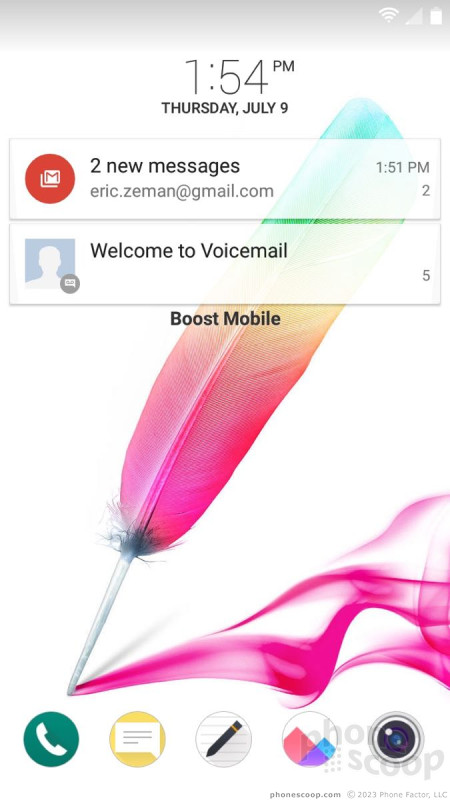









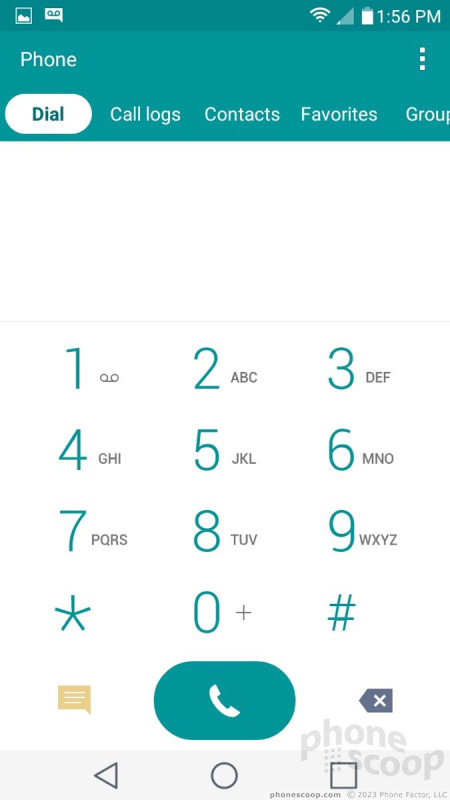


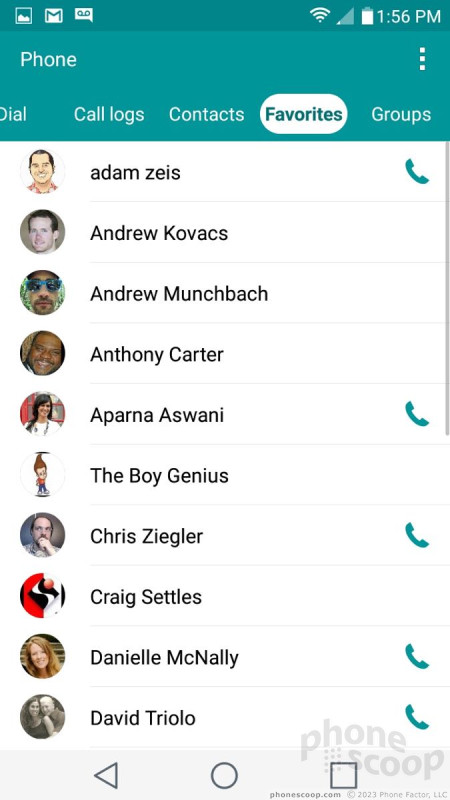



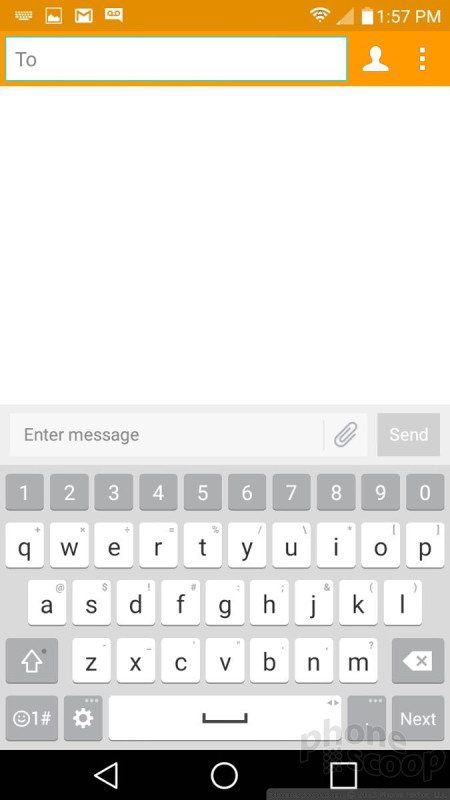




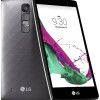 LG Shows Off the G4c, A Smaller, Less-Expensive G4
LG Shows Off the G4c, A Smaller, Less-Expensive G4
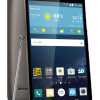 Boost, Sprint to Sell LG G Stylo for $199
Boost, Sprint to Sell LG G Stylo for $199
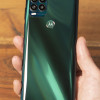 Hands On with the moto g stylus 5G
Hands On with the moto g stylus 5G
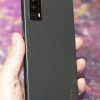 Hands On with the TCL Stylus 5G
Hands On with the TCL Stylus 5G
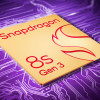 Qualcomm Expands Snapdragon 8 Series to Cover More Price Points
Qualcomm Expands Snapdragon 8 Series to Cover More Price Points
 LG G Stylo (CDMA)
LG G Stylo (CDMA)




